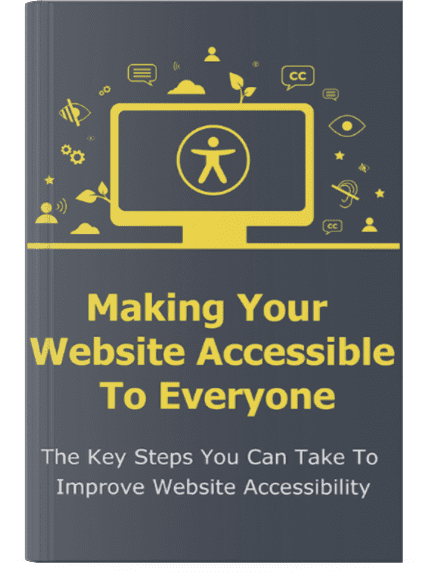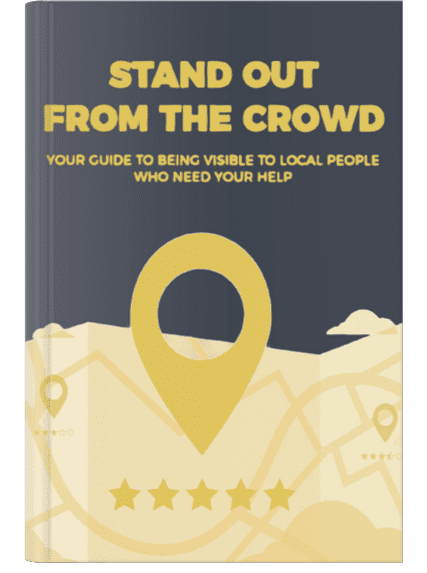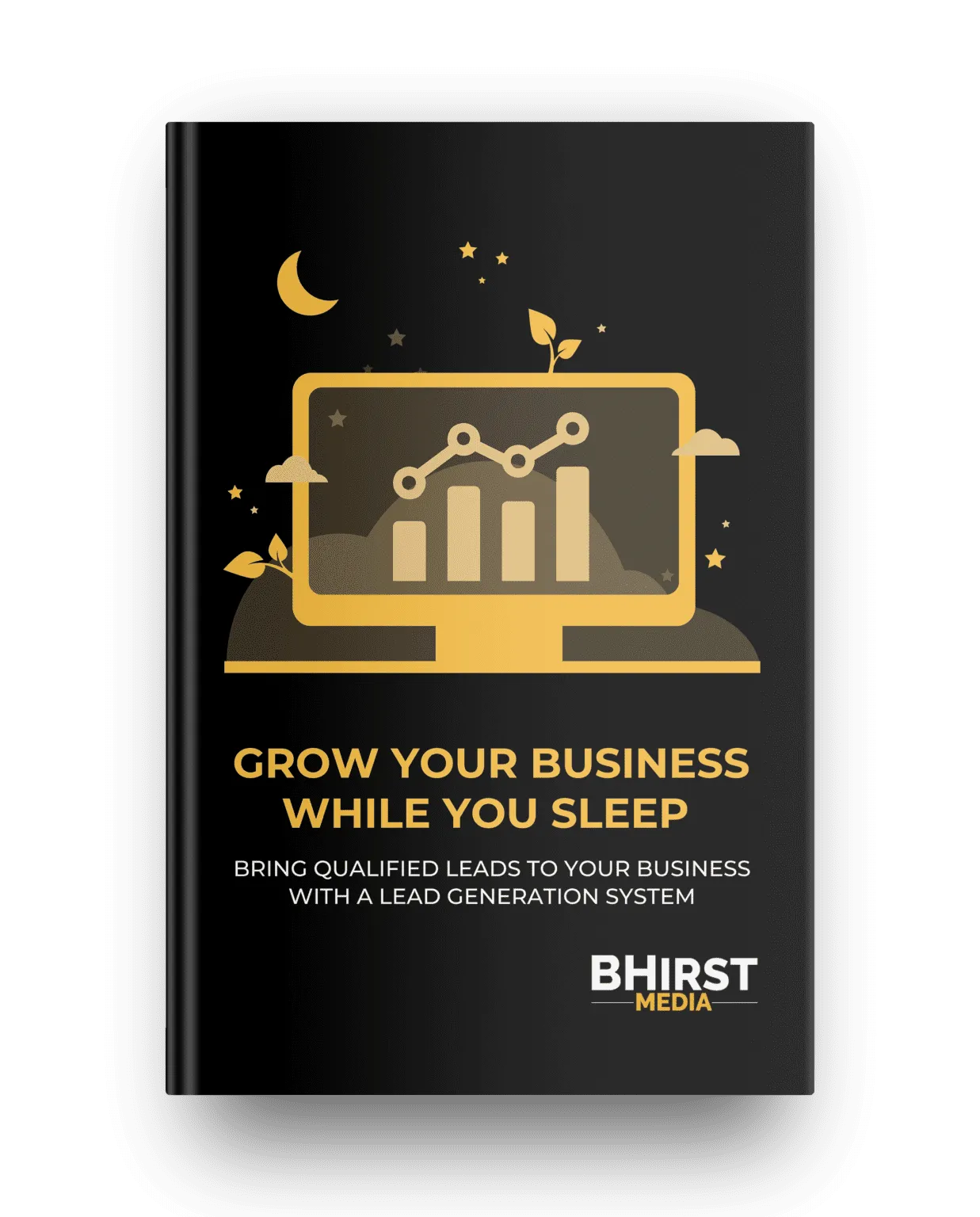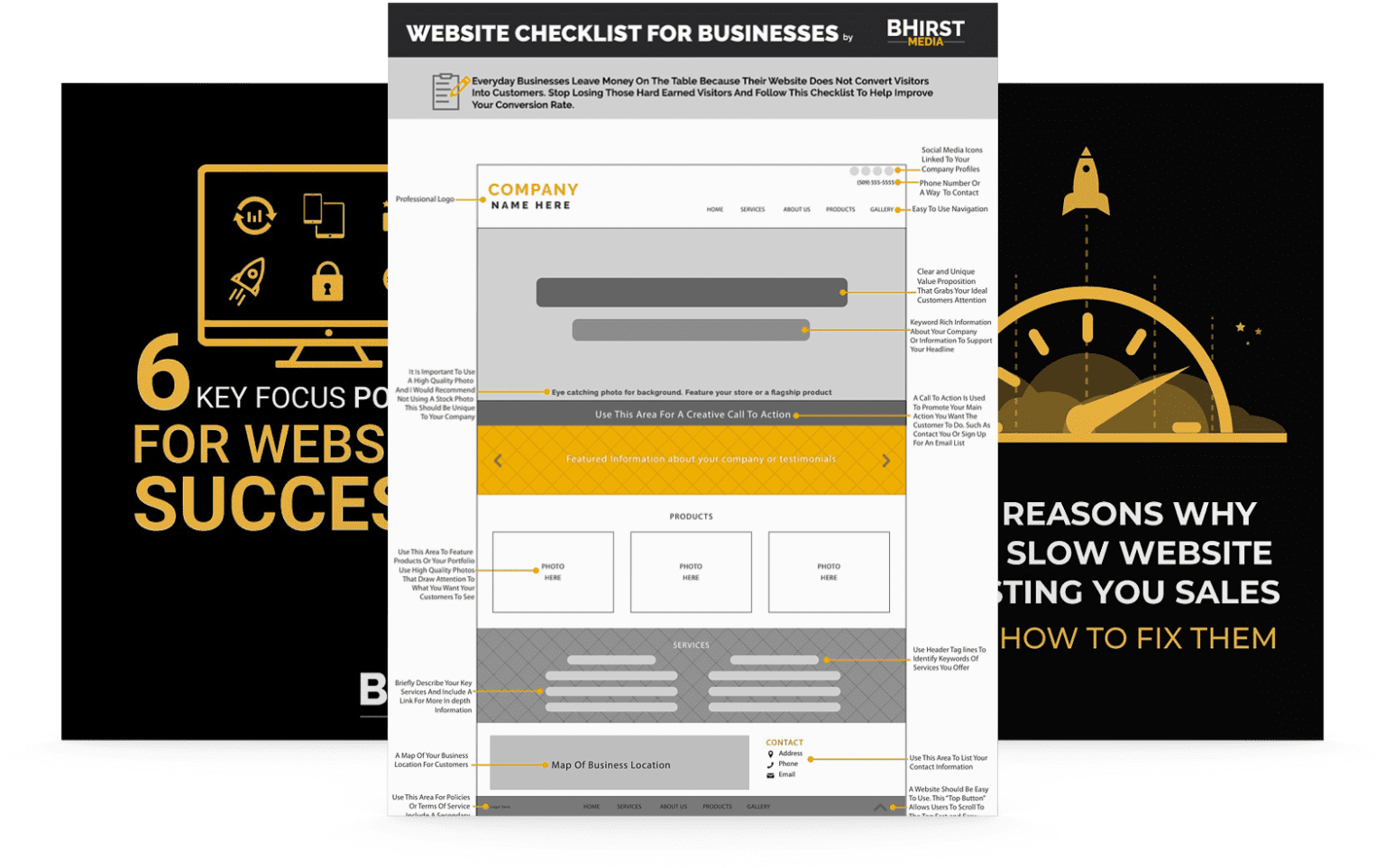
Crafting messages that resonate with your audience requires a thoughtful approach to format and engagement. Below are the key takeaways that highlight how to connect effectively and avoid common pitfalls in communication.
Ever wondered why some messages leave a lasting impression while others fall flat?
Crafting messages that resonate deeply with your audience isn’t just about the words you choose; it’s about combining clarity, structure, and a thorough understanding of who you’re speaking to. In an era where information overload is common, making your communication stand out is not just good practice; it’s essential for effectiveness.
Imagine having the ability to influence perceptions, enhance retention, and foster genuine connections with just the right format and engagement strategy. This guide will explore how message format and audience engagement refine your communication, ensuring it not only connects but leaves a lasting impact. Let’s ensure your messages meet your audience’s expectations and exceed their engagement.
Knowing your audience is the cornerstone of audience targeting strategies. Every message you craft should be tailored specifically to the needs, preferences, and expectations of your recipients. Understanding the demographic profile (age, gender, income level, education), psychographic profile (values, interests, lifestyle), and behavioral data (past interactions, buying behavior) of your audience provides the foundation for message effectiveness. For instance, when Procter & Gamble reconsidered their messaging for Pampers, moving the brand’s focus from parents to babies, they saw a significant market share increase. This adjustment in audience focus clearly shows that aligning your message with audience perception can lead to substantial business results.
This understanding shapes not only what you communicate but also how to present messages. Consider the example of Spotify, which segmented user experience data to create unique “Spotify Wrapped” stories for each listener. By recognizing individual listening habits, Spotify fosters a deeper connection. Yet, this adaptation must be balanced with caution. Misinterpretations or overly broad assumptions about your audience can lead to messaging that misses the mark or, worse, offends. Therefore, conducting thorough audience research, using surveys or CRM systems, before message formulation can mitigate risk and increase the likelihood of audience engagement.
With a firm grasp of your audience’s characteristics, the next logical step involves structuring your messages to maximize clarity and impact.

The importance of message clarity in guiding audience understanding and achieving desired communication outcomes cannot be overstated. A clear message reduces cognitive load, enabling your audience to quickly grasp the intent, thereby fostering faster engagement. For example, airline carriers like Southwest and JetBlue have mastered the art of conveying boarding policies in straightforward, jargon-free language, making it easier for passengers to navigate travel processes. Conversely, communications that lack clarity, containing unnecessary jargon, can lead to confusion, which a study by Dr. Graham Horton revealed, can reduce compliance by up to 30% in business settings.
Crafting messages for clarity involves several key practices:
This clarity in formatting is particularly relevant in fields like healthcare, where patient instructions need to be easily understood to ensure compliance and positive outcomes. Similarly, in legal settings, contracts and terms of service should be written in plain language to avoid disputes and increase transparency. As demonstrated during the E. coli spinach outbreak of 2006, clear, non-ambiguous messaging from the FDA resulted in a faster cessation of consumption.
Improving audience engagement goes beyond clarity; leveraging storytelling techniques to create relatable experiences is also an effective approach.
Storytelling serves as a powerful tool in message format and audience engagement, transforming abstracts into relatable experiences. For instance, Airbnb uses storytelling to connect with travelers by showcasing real-world customer experiences, thereby fostering a sense of trust and community. The impact is measurable; a 9% increase in booking rates was noted when images were accompanied by stories. However, the integration of storytelling must be done with care to avoid disconnect from the primary message, a common mistake seen when companies prioritize narrative over informativeness.
Here’s how to effectively incorporate storytelling:
The finance industry, for example, utilizes storytelling to explain complex investment strategies, such as highlighting the journey of an entrepreneur who successfully secured funding through a particular venture capital fund. Similarly, in education, teachers use narratives to bring historical events to life, making them more engaging and memorable for students. Careful integration of stories can lead to a significant audience connection, as seen in Nike’s marketing campaigns that marry human achievement with brand ethos. Embracing storytelling can enrich communication but must be balanced with factual content to maintain credibility.
Leveraging visuals in message delivery can further amplify audience engagement, adding another layer to effective communication.

The use of audience analysis methods informs the choice of visuals, a critical aspect of message presentation. People retain over 65% of information when visuals accompany text, according to research from MIT. Visual aids not only clarify complex ideas but also significantly boost comprehension. For example, foldable infographics from real estate company Trulia helped potential buyers understand market trends swiftly, leading to a 15% increase in session time on their site.
Here are some best practices for using visuals:
In healthcare, visualizations are invaluable for explaining medical procedures or illustrating public health data. In environmental science, infographics can effectively communicate complex climate data. When visuals are used effectively, they aid in retention, boost credibility, and create memorable engagements. Yet, even with these strategies, it’s crucial to avoid common mistakes in audience messaging, which can undermine effectiveness.
Despite having an understanding of how to format messages for effective communication, there are pitfalls that can diminish audience engagement importance. A common mistake is the assumption of comprehension. Companies like Enron provide a cautionary tale of overstepping in messaging complexity, which eroded trust and comprehension among stakeholders. This neglect of audience analysis methods led to miscommunication that had significant negative consequences.
Here are some further pitfalls:
In marketing, sending generic email blasts to an entire customer database without segmenting based on purchase history or preferences is a common example of the one-size-fits-all mistake. In education, using the same teaching methods for all students, regardless of their learning styles, can hinder their understanding. These mistakes highlight the importance of tailoring messages not only in content but also in format and delivery methods. Avoiding these missteps can significantly enhance the audience’s reception of your message, a foundation for the subsequent discussion on precise message targeting.
Focused audience targeting enhances message format and audience engagement by ensuring the message resonates with its intended audience. Netflix’s use of data analytics in creating custom user experiences for viewers exemplifies this approach. By analyzing what viewers watch, they tailor content recommendations and marketing, which has led to a decrease in subscriber churn rates by 5%. Achieving this level of precision requires in-depth audience understanding backed by data.
To implement precise targeting:
In the retail sector, companies use targeted advertising based on browsing history to show potential customers products they are likely to purchase. In the financial sector, tailored advice and products are offered based on individual financial goals and risk tolerance. By focusing on these elements, communicators can craft highly engaging messages that resonate, addressing questions like “how does message format affect audience perception?” with tangible examples from industry leaders. This precision sets the stage for dynamic message formats that cater to each audience segment’s unique profile.

Effective communication is about more than just delivering information; it’s about forging connections and leaving a memorable impact. Looking ahead, businesses that embrace adaptable strategies and data-driven decision-making will lead in an increasingly competitive landscape. Whether through emerging technologies, customer-first innovation, or operational agility, the next era of success will belong to those who can not just adapt—but anticipate change. By understanding your audience, crafting engaging formats, avoiding common mistakes, and using precise targeting, your messages can resonate deeply and stand out. The real question isn’t if you’ll adopt these advancements—but how effectively you’ll use them to gain a competitive edge. Remember, clarity and engagement are the keys to fostering lasting impressions and achieving communication success.
